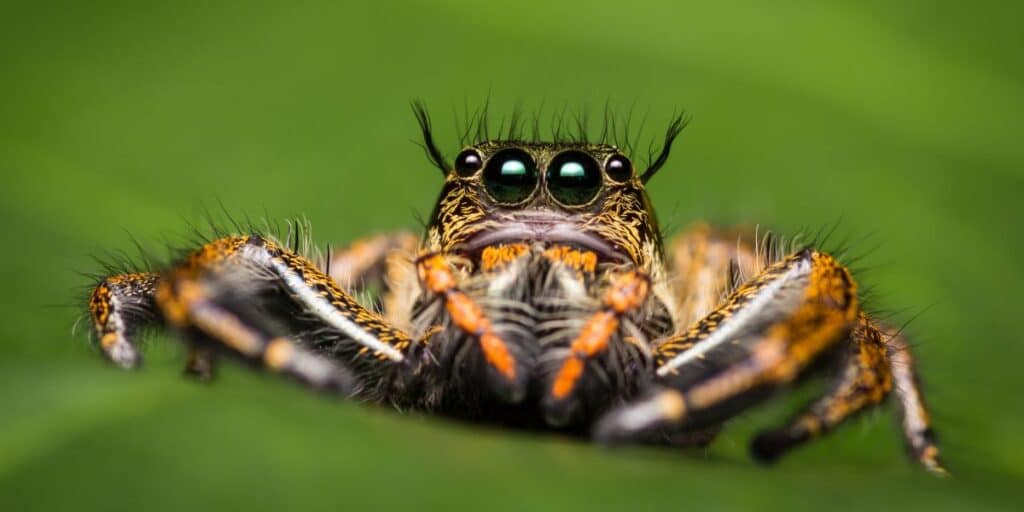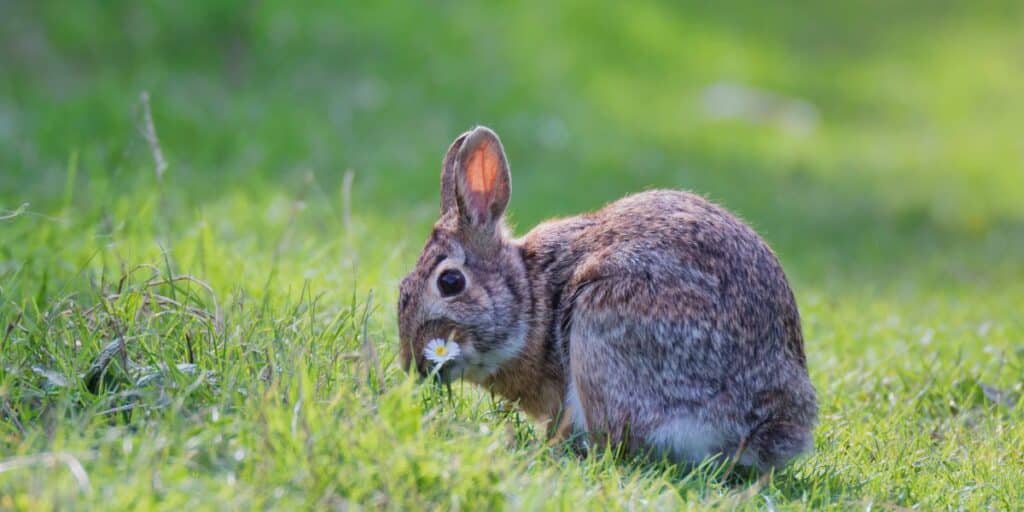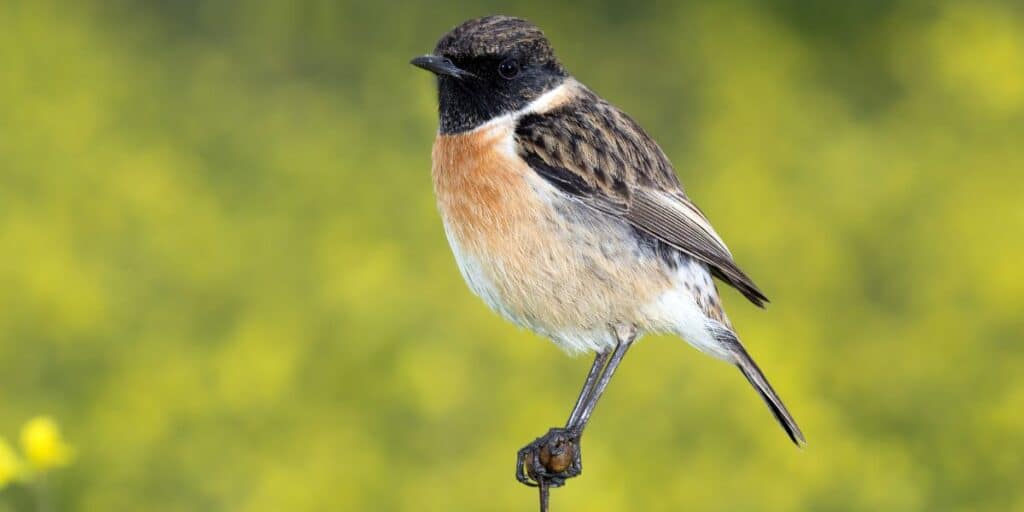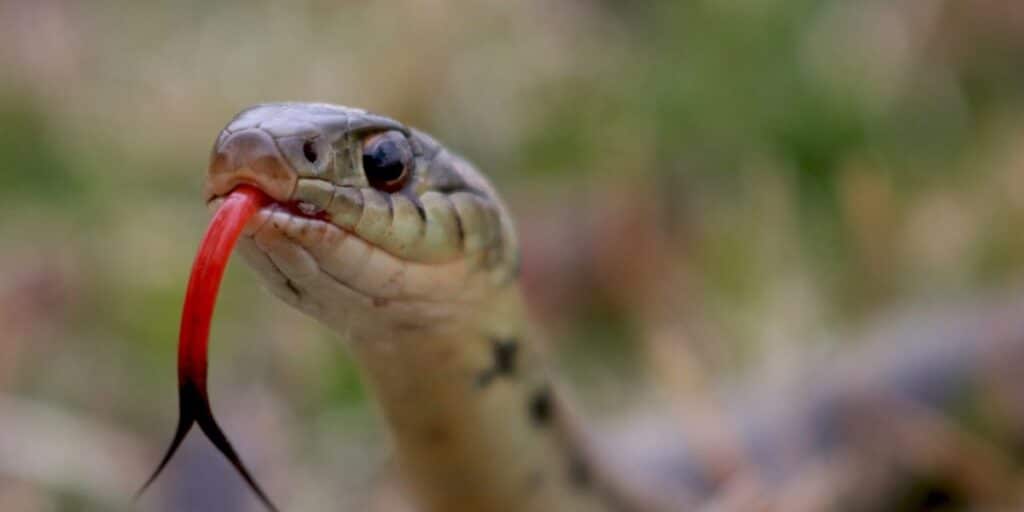Understanding the Terrain: Knowledge as Your Foundation
In the realm of survival, the importance of understanding one’s environment cannot be overstated. Mastery over survival strategies begins with a profound comprehension of the terrain you inhabit or travel through. Whether it’s dense forests, arid deserts, or the unpredictable urban jungle, each setting demands a unique set of skills and knowledge.
Arming oneself with information about local wildlife, plant species—particularly those that are edible or medicinal—and weather patterns is vital. This knowledge can transform the way you traverse landscapes and significantly increase your chances of enduring hardship. Multi-faceted preparation coupled with environmental literacy sets the stage for adept navigation and resource utilization when facing challenging times.
Crafting and Shelter: Building Safety from Scratch
As the skies loom ominous and the winds turn harsh, the ability to craft a safe haven using the surrounding materials can mean the difference between vulnerability and security. Mastering the art of shelter-building is a quintessential survival skill. Understanding the principles of insulation, waterproofing, and structural stability plays a crucial role in constructing a refuge that can withstand the elements.
Beyond structures, the skill to fashion tools and necessary items from natural resources can significantly boost your self-sufficiency. From creating fire for warmth and cooking to weaving strong ropes for various uses, these hands-on abilities are invaluable. They contribute to a more profound sense of confidence and competence in managing one’s well-being in times of crisis.
Foraging and Hunting: Sustaining Life through the Land
The land is rich with sustenance for those versed in the ancient art of foraging and hunting. Identifying edible plants, fruits, and fungi provide a forager with a renewable source of nourishment. However, it’s not solely about what to consume but also what to avoid, as certain species can be poisonous.
Equally crucial is the knowledge of hunting or trapping, not as a sport but as a means of survival. Utilizing snares or understanding animal tracks and signs can lead to a successful catch. It becomes imperative to do so with respect and mindfulness, taking only what you need. The intertwining skills of foraging and hunting allow one to tap into the environment’s natural abundance responsibly.
First Aid and Health: Preserving Well-being
In a survival situation, injuries and illness can swiftly escalate from minor inconveniences to life-threatening emergencies. Proficiency in first aid and the ability to address health concerns using natural remedies can be game-changers. Whether it’s knowing how to dress a wound, immobilize a fracture, or create herbal concoctions to alleviate symptoms, these fundamentals can preserve health and life.
Understanding the basics of physical fitness and mental resilience also plays a substantial role in coping with stress and physical demands. A well-rounded approach to health ensures that you are prepared not only to face immediate dangers but also to maintain longevity in an ongoing survival scenario.
Community and Communication: The Human Network
Survival, at its core, is not a solitary endeavor. Building a supportive community and establishing robust methods of communication can provide a collective advantage in overcoming adversities. Sharing skills, pooling resources, and coordinating efforts multiply the chances of sustained survival.
In today’s interconnected world, understanding how to signal for help, navigate social networks, and even use technology wisely can make all the difference. The collective wisdom and combined effort of a group provide a buffer against many of the challenges that one might face alone.
Navigating the uncertain waters of challenging times calls for a blend of wisdom, foresight, and adaptability. Survival strategies are not merely about enduring but also about thriving irrespective of circumstances. By mastering skills grounded in knowledge, resourcefulness, and unity, one can stand resilient and hopeful, even during the most trying of times.
Adaptations and Survival Strategies of Small Wild Animals

Camouflage: A Cloak of Invisibility in Nature
One of the most intriguing survival strategies employed by small wild animals is camouflage. This remarkable adaptation allows creatures to remain unnoticed in their natural habitats, effectively hiding them from predators. The ability to blend in with the surroundings is achieved through a variety of methods such as coloration, patterns, and even physical modifications. For instance, the North American gray tree frog can change its skin tone to match the bark it rests upon, while the snowshoe hare dons a white coat during snowy winters and a brown one in the summer, demonstrating seasonal camouflage dynamics.
Mimicry: The Art of Deception
Mimicry takes camouflage a step further by not only blending in but also imitating the appearance or behavior of other, often more dangerous, species. This makes predators think twice before attacking. The hoverfly, for example, bears a striking resemblance to a wasp but is harmless. The mimicry it employs serves as an effective deterrent, exploiting the wasp’s intimidating reputation for its safety.
Behavioral Adaptations: Clever Habits for Survival
Small animals also exhibit a range of behavioral adaptations for survival. The ground squirrel has a fascinating anti-predator strategy where it heats up its tail and waves it at a rattlesnake—a heat-sensitive predator—to signal that it has been spotted, thereby discouraging the attack. Many small mammals and reptiles also practice feigning death, or thanatosis, when threatened, to trick predators into losing interest.
Nesting and Reproductive Strategies
Reproductive success is a fundamental component of small animals’ survival. Therefore, intricate nesting and reproductive strategies are pivotal. For example, some small birds build elaborate nests that are camouflaged or in locations that are difficult for predators to access. Additionally, certain animals like the octodontid degus have communal nesting behaviors, which provide added protection and assistance in raising young—a classic exemplar of strength in numbers.
Escape Tactics: Speed and Agility
When camouflage and cunning fail, raw speed and agility are the next line of survival for small animals. The jackrabbit’s long legs are not just for show; they can propel it at impressive speeds, easily outpacing many predators. Likewise, squirrels and small primates exhibit extraordinary agility as they dart through the trees, using the three-dimensional space of the forest to evade capture.
Warning Signals and Social Alarms
In the realm of survival, communication is key. Many small species have developed warning signals to alert their kin of imminent danger. The classic example is the prairie dog, which emits a high-pitched bark to signify the presence of predators. This not only warns their fellows but can confuse and deter the predator itself.
Foraging and Food Storage
For some small animals, survival also involves ensuring a consistent food supply. Species like the acorn woodpecker excel in food storage, creating granaries where they can stash acorns and other nuts. These reserves are crucial during times when food is scarce, offering a buffer against starvation.
Morphological Adaptations for Defense and Camouflage

Survival Strategies: Morphological Adaptations for Defense and Camouflage
In the natural world, the ultimate priority for wildlife is survival. Among the myriad ways animals have evolved to protect themselves from predators, morphological adaptations for defense and camouflage are particularly fascinating. These physical traits are the results of relentless pressures over countless generations, sculpting creatures perfectly attuned to their environments. The art of survival is showcased through a variety of adaptations best described in two categories: defensive mechanisms and camouflage.
Defensive Mechanisms in Nature
When facing the threat of predation, certain species have developed defensive adaptations that deter predators effectively. These can be physical structures such as the quills of a porcupine, which are sharp and detach easily upon contact, acting as a formidable deterrent to would-be attackers. The hard, chitinous shells of beetles are another example, providing a rugged armor protecting their delicate inner bodies.
Other organisms possess toxin production capabilities, like the poison dart frogs of the Amazon, whose skin secretes lethal chemicals. Similarly, the stark black and yellow coloring of the Monarch butterfly serves as a warning to predators of the toxins acquired from their diet of milkweed during their larval stage. This is a prime example of aposematic coloring, which advertises an organism’s toxicity or unpleasant taste, a valuable adaptation that prevents many unnecessary encounters with predators.
The Subtleties of Camouflage
In stark contrast to strong defenses, camouflage offers a more subtle and truly artful means of protection. Animals such as the leaf-tailed gecko have mastered the art of cryptic coloration, blending almost seamlessly with their arboreal habitats, making them nearly invisible to both prey and predator alike. For creatures such as chameleons and cephalopods like octopuses and cuttlefish, their ability to change their skin color and texture is not just a static defense but a dynamic response to immediate threats and their surroundings.
An animal’s habitat deeply influences their camouflage strategies. For instance, the tawny coloring of a desert fox betters its chances of going undetected in the sun-baked landscapes, while the white fur of arctic animals like the snowshoe hare enables it to blend with the wintry expanses. Countershading, seen in creatures such as sharks, is a gradation of color that darkens on the dorsal side and lightens on the ventral side, a natural gradation that counters the effects of sunlight and shadow in open water, making the animal harder to detect from above and below.
Unconventional Adaptations
Some species boast truly unusual forms of defense and camouflage that defy the more common patterns. For instance, the slow-moving pangolin possesses scales made of keratin—the same material found in human hair and nails. When threatened, a pangolin can curl up into a ball, with scales acting as a formidable shield against predators. In the realm of camouflage, the mimic octopus takes mimicry to an extraordinary level by not just resembling its environment but by taking on the form and behavior of other sea creatures such as flatfish, lionfish, and sea snakes, to ward off or confuse predators.
Evolutionary Significance
These advanced survival strategies have an immense impact on the survival and reproductive success of species and their evolutionary journeys. Through natural selection, the most successful adaptations perpetuate within populations, leading to the diversification and speciation seen across the globe. The capacity for innovation in nature seems limitless, with each adaptation providing insights into the resilience and creativity of life on Earth. As threats to survival continue to evolve, so too will the strategies deployed by these remarkable species to persist and thrive in their niches.
Understanding the intricate roles of these adaptations helps in the conservation of species and their habitats. Indeed, recognizing the importance of biodiversity and the interdependence of organisms within ecosystems is critical for safeguarding our planet’s natural heritage. Thus, these morphological marvels not only captivate the imagination but also serve as a poignant reminder of the delicate balance within the web of life and the importance of conservation efforts.












